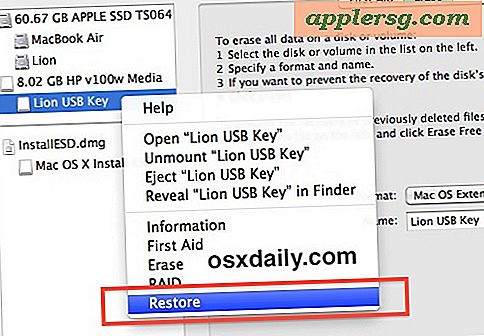


- #CREATE BOOTABLE USB OS X HOW TO#
- #CREATE BOOTABLE USB OS X MAC OS X#
- #CREATE BOOTABLE USB OS X INSTALL#
- #CREATE BOOTABLE USB OS X PRO#
I formatted the drive using Disk Utility as Mac OS X Extended (Journaled) and with a “GUID Partition Table”. As of mid-2011 it’s supposed to be one of the faster USB 2.0 drives. I used a Transcend JetFlash 600 – 32 GB USB 2.0 Flash Drive TS32GJF600 (Black).
#CREATE BOOTABLE USB OS X INSTALL#
I ended up going with a 32GB drive–a full OS install takes 14+GB, plus space for extra utilties and the OS installer is described as being 4GB but it’s really a bit larger. So a full bootable copy of OS X, with it’s normal utilities, plus space for additional tools for utilities like Drive Genius and Data Rescue. With Mac OS X 10.7 coming as a digital download (and hence no install DVD), it seemed like as good a time as any to try making a bootable USB drive to use in case of emergency. And then I copy over as well as install various additional utilities. I did this from a second copy of the macOS installer. I Install macOS onto the Utility partition.
#CREATE BOOTABLE USB OS X HOW TO#
[ Update: I used the Ars Technica: How to make your own bootable OS X 10.11 El Capitan USB install drive instructions to create a macOS 10.12 install USB drive. Paste the appropriate createinstallmedia command from Apple’s CreateInstallMedia support page in Terminal to create the bootable installer.Open the Terminal app, which is in the Utilities folder of your Applications folder.and an 8 GB extra partition (in case I need to make it ExFat or FAT for file transfers.) (I use 12 GB for the installer, 42.1 GB for a “Rescue Drive” with a fully bootable OS, installer, Drive Genius, etc. You could also use a secondary internal partition that has at least 12GB of available disk space for the installation files. Mount your USB flash drive or other volume.The installer will be in your Applications folder. Quit the installer if it opens automatically after downloading. Download the macOS installer from the Mac App Store.Go to Apple’s CreateInstallMedia support page for up to date instructions.Use the ‘createinstallmedia’ command in Terminal I tried using Apple’s CreateInstallMedia instructions, and finally was able to create a working Install device and Utility drive per my additional instructions below. After letting Diskmaker X do it’s thing, the drives (when I try using the whole drive as the installer) and partitions (how I normally do it) are not seen by Mac OS as bootable in the “Startup Disk” System Preference or when holding down the Option key on boot/restart.
#CREATE BOOTABLE USB OS X PRO#
Or if you want extreme speeds go for SanDisk SDCZ880-128G-G46 Extreme PRO 128GB USB 3.1 Solid State Flash Drive (This drive has a 380 MBps write and 420 MBbps read speeds for super fast installs)ĭiskmaker X has been problematic for me of late, I cannot seem to create a “bootable” USB drive from any of my Samsung USB drives.Try using a Sandisk Extreme Go 64GB USB 3.0 (3.1 Gen 1) Type-A USB Flash Drive – SDCZ800-064G-G46 (This drive has a 150 MBps write and 200 MBbps read speeds for faster installs).


 0 kommentar(er)
0 kommentar(er)
